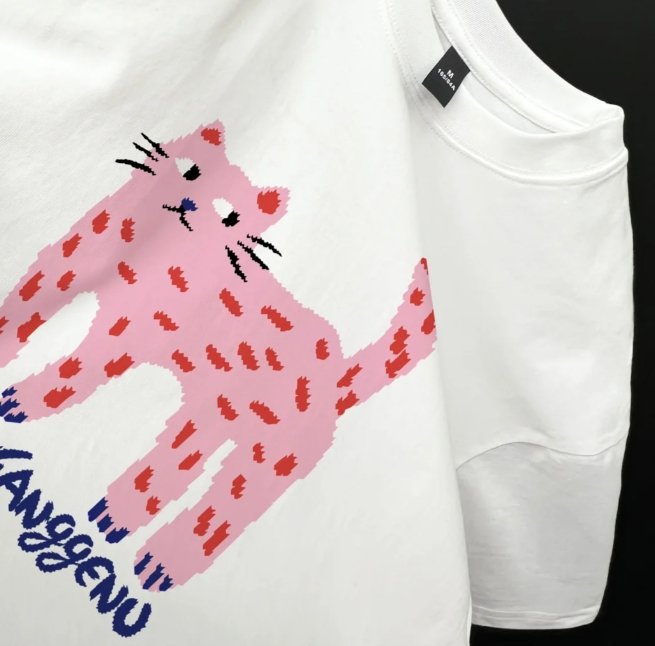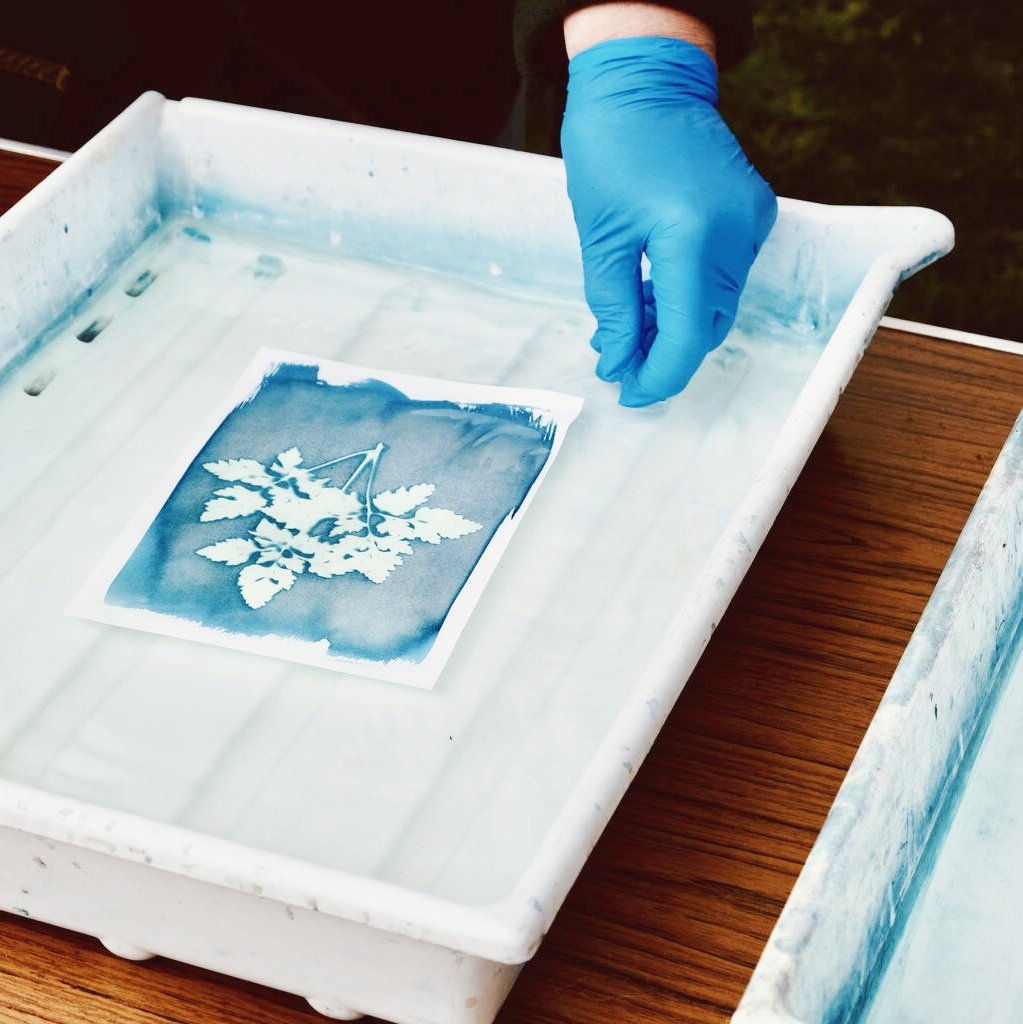In the vibrant world of textile printing, the choice of ink can significantly impact the durability, appearance, and overall quality of the final product. Among the various types of inks available, pink shimmer plastisol ink stands out for its unique shimmering effect and vibrant hue. But how durable is this ink on different fabrics? This article delves into the intricacies of pink shimmer plastisol ink, exploring its durability across various fabrics and highlighting key aspects like the pint plastisol puff ink base, plastic coatings resistant to plastisol ink, plasticizers with great elongation, and even the unique properties of plastisol 3m ink.
Understanding Pink Shimmer Plastisol Ink
Pink shimmer plastisol ink offers a distinctive shimmer that catches the light beautifully, making it an ideal choice for fashion, promotional items, and decorative textiles. Its durability and vibrant color make it a favorite among printers and designers alike. However, understanding its durability on various fabrics requires a closer look at its composition and application process.
Composition and Characteristics
Pink shimmer plastisol ink is composed of pigment particles suspended in a plasticizer-laden vinyl resin. The pink shimmer effect is achieved through the addition of fine, reflective particles that scatter light, creating a shimmering appearance. The pint plastisol puff ink base provides the ink with its characteristic puffiness and raised print effect, adding a tactile dimension to the printed design.
Durability Across Different Fabrics
Different fabrics have unique properties that affect ink adhesion, wear resistance, and overall durability. Let’s examine how pink shimmer plastisol ink performs on some common fabrics.
Cotton
Cotton is a highly absorbent fabric, making it a popular choice for textile printing. Pink shimmer plastisol ink adheres well to cotton, offering good durability and wash resistance. The ink’s plasticizer helps it penetrate the fabric fibers, ensuring strong bonding. With proper curing, pink shimmer plastisol ink on cotton can withstand repeated washing and wear, maintaining its vibrant color and shimmer.
Polyester
Polyester is a synthetic fiber known for its durability and wrinkle resistance. However, it is less absorbent than cotton, requiring specific pretreatments to enhance ink adhesion. When properly pretreated, pink shimmer plastisol ink bonds well with polyester, providing durable prints that resist fading and cracking. The ink’s plasticizer with great elongation ensures flexibility, preventing cracking even under stress from stretching or bending.
Nylon
Nylon is another synthetic fiber with high durability and resilience. It is often used in sportswear and outdoor clothing due to its moisture-wicking properties. Pink shimmer plastisol ink performs well on nylon, particularly when combined with a suitable primer or adhesive to enhance adhesion. The ink’s plastic coating resistant to plastisol ink properties ensure that it doesn’t degrade the fabric’s inherent qualities, maintaining a balance between aesthetics and functionality.
Blended Fabrics
Blended fabrics, such as cotton-polyester mixes, offer a combination of properties from both fibers. The durability of pink shimmer plastisol ink on blended fabrics depends on the fabric’s composition and pretreatment. Generally, inks formulated for mixed fibers provide good results, balancing adhesion, flexibility, and wash resistance. The plastisol 3m ink series, known for its versatility and high performance, is particularly suited for blended fabrics.
Enhancing Durability: Key Ingredients and Techniques
Achieving optimal durability with pink shimmer plastisol ink involves more than just selecting the right fabric. Here are some key ingredients and techniques that enhance the ink’s performance.
Plasticizers with Great Elongation
Plasticizers are crucial components in plastisol inks, affecting their flexibility, adhesion, and durability. Plasticizers with great elongation improve the ink’s ability to stretch and conform to the fabric’s surface, minimizing cracking and peeling. This is especially important for fabrics that undergo frequent stretching, such as activewear and sportswear.
Plastic Coatings Resistant to Plastisol Ink
In some applications, it may be necessary to apply a plastic coating over the printed fabric to enhance durability or achieve a specific finish. Selecting a plastic coating resistant to plastisol ink ensures that the coating does not interact adversely with the ink, causing discoloration, cracking, or peeling. Proper compatibility between the ink and coating is crucial for achieving long-lasting prints.
Curing and Post-Treatment
Proper curing is essential for ensuring the durability of pink shimmer plastisol ink. The curing process involves heating the printed fabric to evaporate the plasticizer and fuse the resin particles, forming a strong bond with the fabric fibers. Post-treatment steps, such as washing and heat-setting, can further enhance the ink’s durability and appearance.
Real-World Applications and Testing
Understanding the durability of pink shimmer plastisol ink in real-world applications requires rigorous testing. Manufacturers and printers often conduct wash tests, abrasion tests, and lightfastness tests to evaluate the ink’s performance under various conditions. These tests provide valuable insights into the ink’s durability, allowing for improvements in formulation and application techniques.
Wash Tests
Wash tests assess the ink’s resistance to fading, cracking, and peeling after repeated washing. By simulating typical laundry conditions, wash tests help ensure that pink shimmer plastisol ink maintains its vibrant color and shimmer over time.
Abrasion Tests
Abrasion tests evaluate the ink’s wear resistance by exposing the printed fabric to friction and wear. These tests are particularly important for fabrics that undergo frequent rubbing or friction, such as those used in clothing or automotive interiors.
Lightfastness Tests
Lightfastness tests measure the ink’s resistance to fading caused by exposure to sunlight or artificial light. By exposing printed samples to controlled lighting conditions, lightfastness tests help ensure that pink shimmer plastisol ink maintains its color vibrancy over extended periods.
Conclusion
Pink shimmer plastisol ink offers a unique combination of aesthetics and durability, making it an excellent choice for textile printing across various fabrics. By understanding its composition, application techniques, and performance across different fabrics, printers and designers can harness its full potential. Proper pretreatment, selection of compatible plasticizers and coatings, and rigorous testing ensure that pink shimmer plastisol ink provides long-lasting, vibrant prints that meet the demands of diverse applications.



